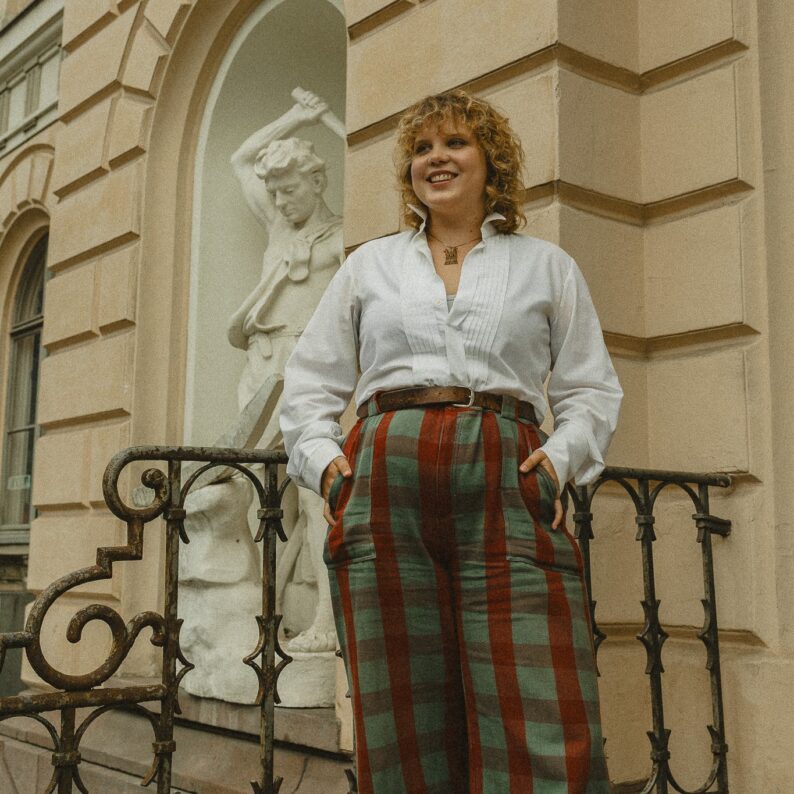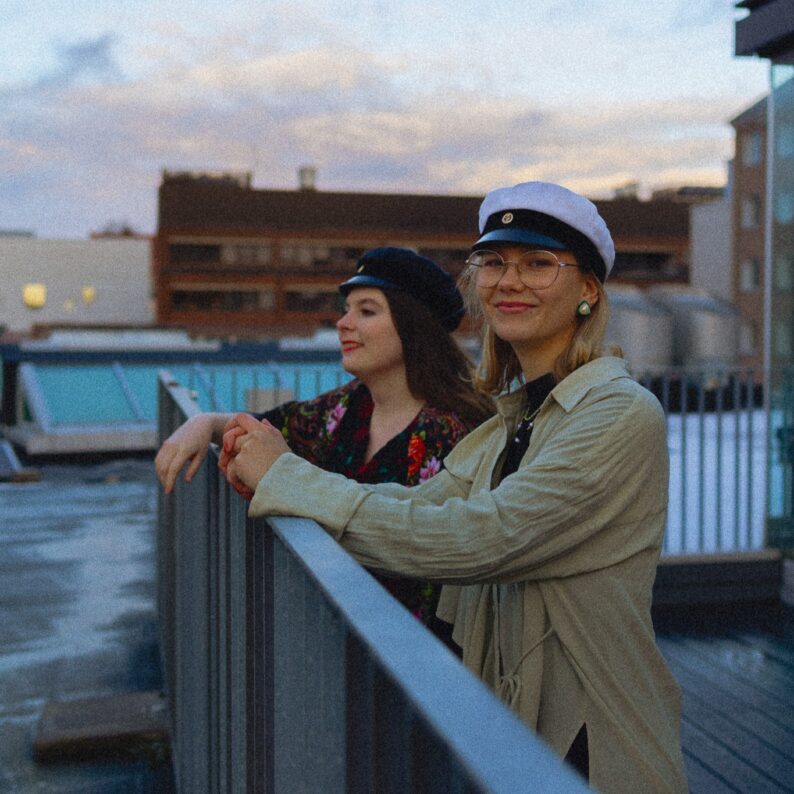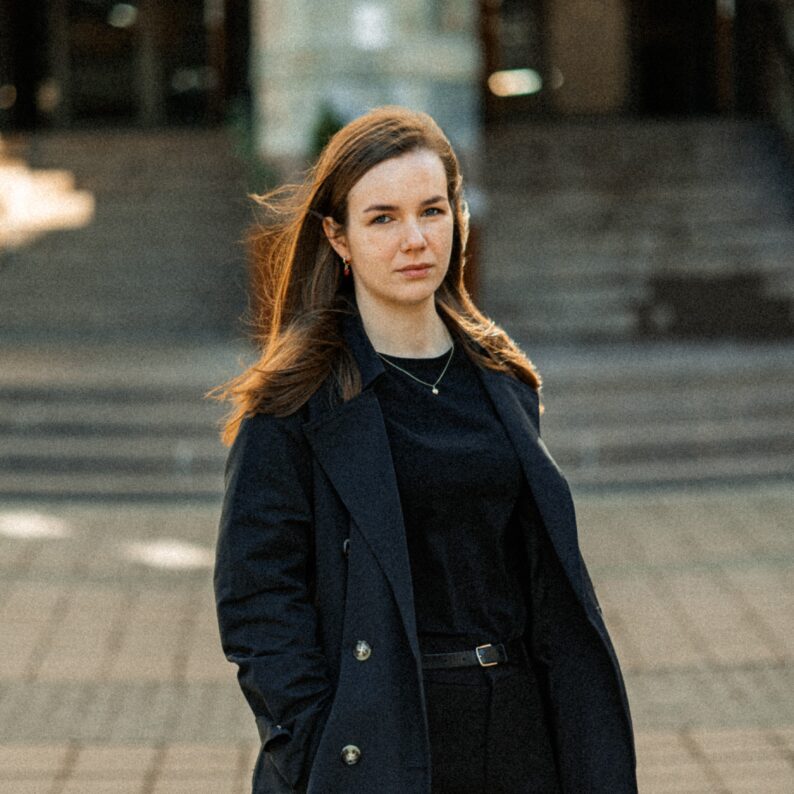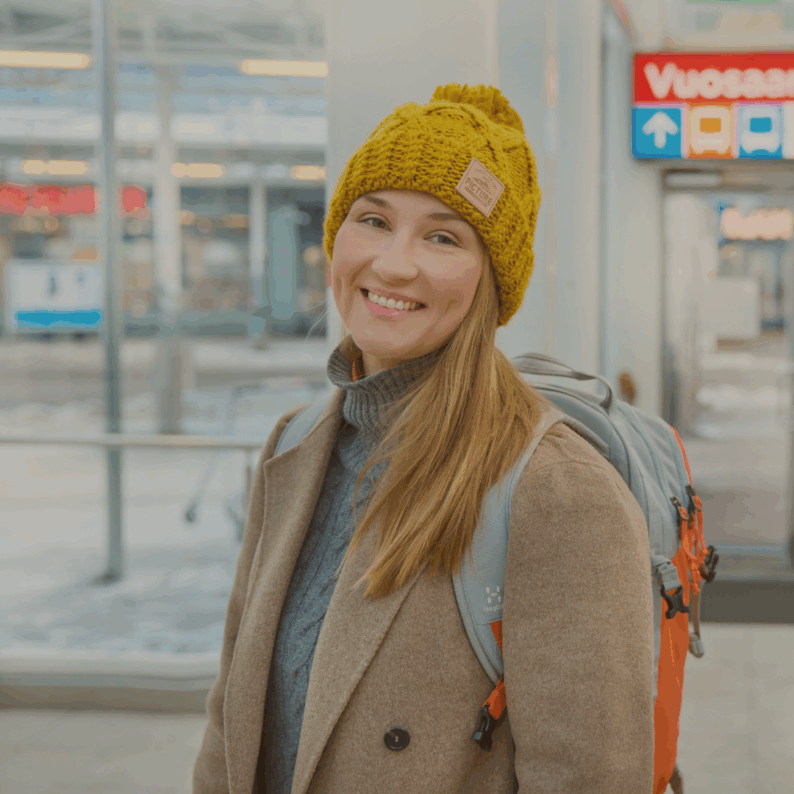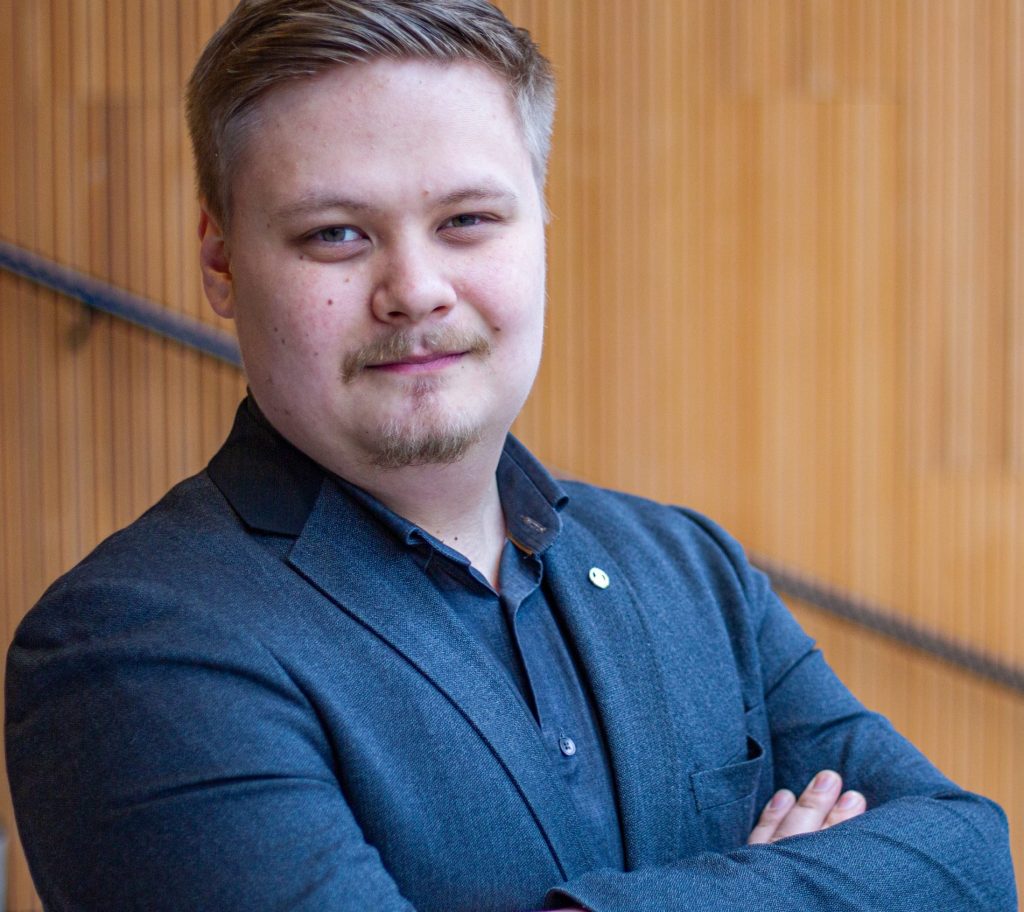


What is the best place to study made of?
BLOG
‘The best place to study and work.’ This is the level of ambition in the Strategic Plan of the University of Helsinki. In HYY’s Strategy Fest campaign, we collected students’ views on the building blocks of the best place to study.
One of the four main goals of the University’s new Strategic Plan is commendably ambitious: being the best place to study and work. We in the University community must now find a way towards this vision of what 2030 could look like. We must work out what it means in practice, for both students and personnel, and then decide on the steps that will take us towards it. The implementation of the Strategic Plan, that is, the concrete measures towards the direction set out by the plan, is currently being prepared both in the faculties and at the level of the University management. This is why we organised the Strategy Fest campaign in May to collect students’ views on developing the University in Zoom workshops, on Flinga and in the discussions on HYY’s Discord server. All the ideas and comments that we received can be found on the Flinga platform.
The messages we got from students emphasised the need for student counselling and support for study ability as well as wishes for more flexible and diverse methods of completing courses. Other issues that students defended vigorously in their comments included strong cross-disciplinarity, academic freedom for students and participation in the decision-making processes of the University community. Below, I have summarised three ideas on what the best place to study could be from a student perspective – and thus what kind of place the University of Helsinki could be in an ideal world.
Support for study ability and wellbeing
The best place to study is one where people are healthy. Wellbeing is a prerequisite for all human activity, including studying. Regularly charting student wellbeing as part of measuring the goals of the Strategic Plan is thus of utmost importance in order to help support students’ study ability efficiently as well as preventively. Study psychologists in particular are an important form of support for students. However, there are not enough of them to help all students and, unfortunately, their services only become relevant after the study ability has already become weakened.
This is why we also need other support structures for wellbeing, starting with sports services and the ergonomics of study facilities. In addition to structures, wellbeing can be supported by an atmosphere in which students’ worth is not measured by the number of credits they have completed and in which students can ask for help if needed. It is just as important that no teacher is left alone with students’ requests for help – they should be able to lean on the University’s seamless support network that ensures that the personnel also have the required skills and support to help them guide students in challenges related to their wellbeing.
Tools for building a path for studies and for life
The best place to study is one where you get to grow as a person. Student counselling and successful pedagogics support not only the smooth progress of studies but, in the best-case scenario, also provide students with resources to help them build their own expertise and grow to become active operators. After graduation, students would then have the skills to manage their own life and help build a just world. In the feedback we received, students specifically wished for support with study planning, the development of diverse skills and expanding their world view in a cross-disciplinary manner.
One student also gave us an idea for a concrete solution to support these needs: a digital tool that would ask students for their interests and goals and offer them corresponding studies. Ideally, the tool would get the learning objectives of available courses directly from the study information system, connect them to the student’s needs and develop itself through machine learning. Of course, a tool like this could not replace counselling that takes place in human interaction but could provide great support for students, helping them recognise their own interests and develop themselves beyond traditional subject combinations and faculty boundaries.
Community to belong in
In the end, the best place to study is much more than just a place – it is a community. The prerequisite for communality and participation is for everyone to be able to feel like they are a valuable part of our University regardless of their background, personal characteristics and whether they are a student, a researcher or a specialist in administration. Students’ solutions to this include instilling the best practices of open administration into the University’s working methods and multilingualism in the University’s communication and decision-making processes. HYY has already been collecting good practices for strengthening the multilingualism of administrative bodies since 2016. The key to creating genuine participation opportunities is to discuss the development of the University in three languages – in an informal, clear and approachable manner.
Until the start of the summer holiday, people at the University will continue to work hard not only on resolving the challenges caused by the acute coronavirus situation but also with long-term measures to develop the University. The steps chosen by faculties on the way to creating the best place to study and work will be confirmed already in early autumn, and the Board of the University will decide on the entire University’s common measures for the upcoming years in December. We live in exceptional times, and imagining the future and creating new ideas seems daunting. However, we must not lose our ambition to become the best possible version of our University. We have a whole decade in which to achieve it – but we must start now.
Riku-Petteri Kyllönen
Member of the board
